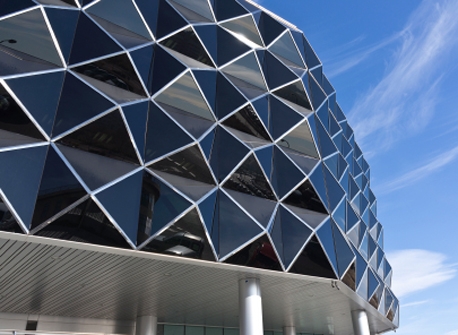In part one of this feature (click here), we highlighted the opportunities of collaborating with participants as co-moderators. Beyond that, though, participants can also add value as co-researchers when they are involved in the analysis phase of a project – also referred to as ‘crowd interpretation’. The rationale behind crowd interpretation is that analysis of data is biased by a researcher’s own point of view. To reveal all the potential insights hidden in the data, we need to consider the information from multiple perspectives.
Recently, we conducted an “insightment community” in cooperation with Air France and KLM to uncover the needs of transfer passengers. After an observational stage where each passenger reported on their journey, we invited community members to interpret each other’s contributions. From previous research, we knew that consumers who are knowledgeable about a topic are most suitable for interpreting research results.
The crowd interpretation was done within the structure of a game. During the first round, members had to give their interpretation on the input of their peers. In the second round, the original contributor could rate the analysis by awarding points, and consumers who scored the most points won the game and received a special incentive.
This is just one example of many. Comparing the results of the work participants do with that of researchers, we conclude that involving co-researchers in research projects can generate up to 21% in additional insights.
Fine tuning
Another way to involve participants more deeply in a research project is to have them fine-tune our conclusions. This approach was used in a recent study we did for Philips.
In this example, we set up a three-week insight shaping community involving 50 Chinese consumers together with Philips. Normally, we would work with a native moderator but due to time constraints we had to work with a non-native moderator and the community was run in English. This gave rise to concerns that we might lose out in terms of some of the insights that could be gained by failing to understand the nuances of Chinese culture and society. So as to mitigate for this we asked 10 of our participants to be co-researchers in a process of crowd interpretation.
After our analyses of the community outtakes, these 10 participants were presented with our findings and asked to challenge them. In performing the task of crowd interpretation these participants were asked to explain our findings from the Chinese cultural perspective, to illustrate our findings with their own personal examples and go beyond our first impressions. Working with co-researchers created truly unique insights that were key for Philips to find the right positioning in the Chinese market. We, as researchers and marketers, would never have uncovered those insights without them.
A new beginning
Based on our experience with Campbell’s, Air France, KLM and Philips, we feel we have truly experienced the added value that co-researchers in communities can bring. They help us overcome knowledge barriers and allow us to see through our contextual blind spots.
When we put community participants into a different context – such as that of co-researcher – it does not replace the researcher. On the contrary, it proves that we are building a long-lasting relationship with our participants. We believe this is the next step in collaborating with community participants and is the way forward for our profession.
Anouk Willems and Thomas Troch are senior research innovators, Annelies Verhaeghe is head of research innovation and Tom De Ruyck is head of research communities at InSites Consulting







0 Comments